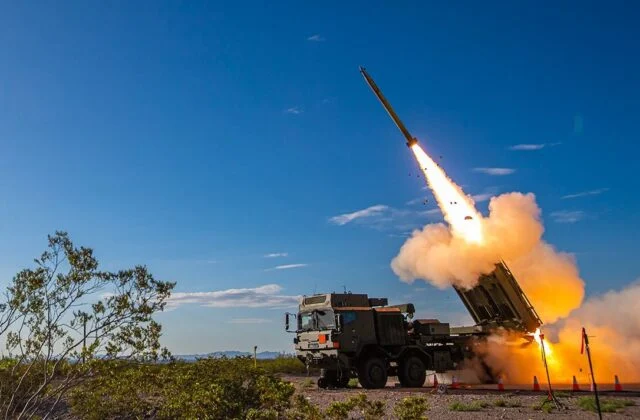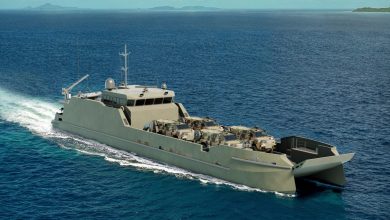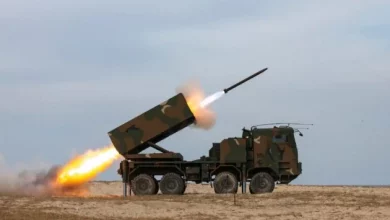Report: U.S.-German team tests GMARS rocket launcher

Pentagon’s No.1 weapons supplier Lockheed Martin and Germany’s defense giant Rheinmetall have successfully conducted the first live fire test of the Global Mobile Artillery Rocket System (GMARS), advancing a next-generation rocket launcher program designed for NATO interoperability and long-range strike capability.
The test, held at White Sands Missile Range in New Mexico, confirmed the system’s ability to launch GMLRS rockets—the same guided munitions fielded by U.S. and allied forces.
In a statement, Lockheed Martin said the demonstration represents a key milestone in the GMARS development program. Designed to meet the mobility, survivability, and firepower requirements of allied militaries, the system is intended to deliver precision fires from a wheeled platform that integrates with existing fielded systems like the M270A2 and HIMARS.
“Lockheed Martin is committed to delivering innovative solutions that meet the evolving needs of our customers,” said Paula Hartley, vice president and general manager of Tactical Missiles at Lockheed Martin. “The GMARS program is a prime example of this commitment, and we are pleased to have successfully demonstrated its capability in this live fire exercise. With this milestone accomplished, we are poised to rapidly qualify and bring this capability to market.”
The GMARS launcher is built on the Rheinmetall HX vehicle platform, a high-mobility chassis offering compatibility with NATO-standard logistics and infrastructure. The launcher is configured to carry two ATACMS missiles, four Precision Strike Missiles (PrSM), or up to twelve GMLRS standard or extended-range munitions.

Dr. Björn Bernhard, CEO of Rheinmetall Vehicle Systems Europe, added: “The successful live fire showcases the system’s precision and reliability, and we are confident that GMARS will meet the evolving needs of our customers.”
The GMARS concept builds on existing combat-proven missile technologies and offers them in a more flexible, mobile package. According to the companies, the platform is optimized for use by European and other allied forces, leveraging the commonality of HIMARS and M270 components while expanding operational reach.
Program officials said the system is designed with NATO integration in mind. Its compatibility with existing allied missile stocks, combined with a modular architecture, allows for broader cooperation across multinational forces operating in Europe and other theaters.
GMARS also provides a tactical advantage through rapid deployment and reduced logistical footprint compared to tracked platforms, while preserving high-volume firepower. The wheeled configuration is expected to ease maintenance burdens and improve mobility in regions where tracked systems may face logistical or terrain challenges.
According to Lockheed Martin, GMARS is now positioned to enter the qualification phase, with future integration of longer-range missile options planned. The platform is being pitched to allied customers looking to enhance deep-strike capabilities amid growing demand for mobile precision fires across NATO’s eastern flank.





